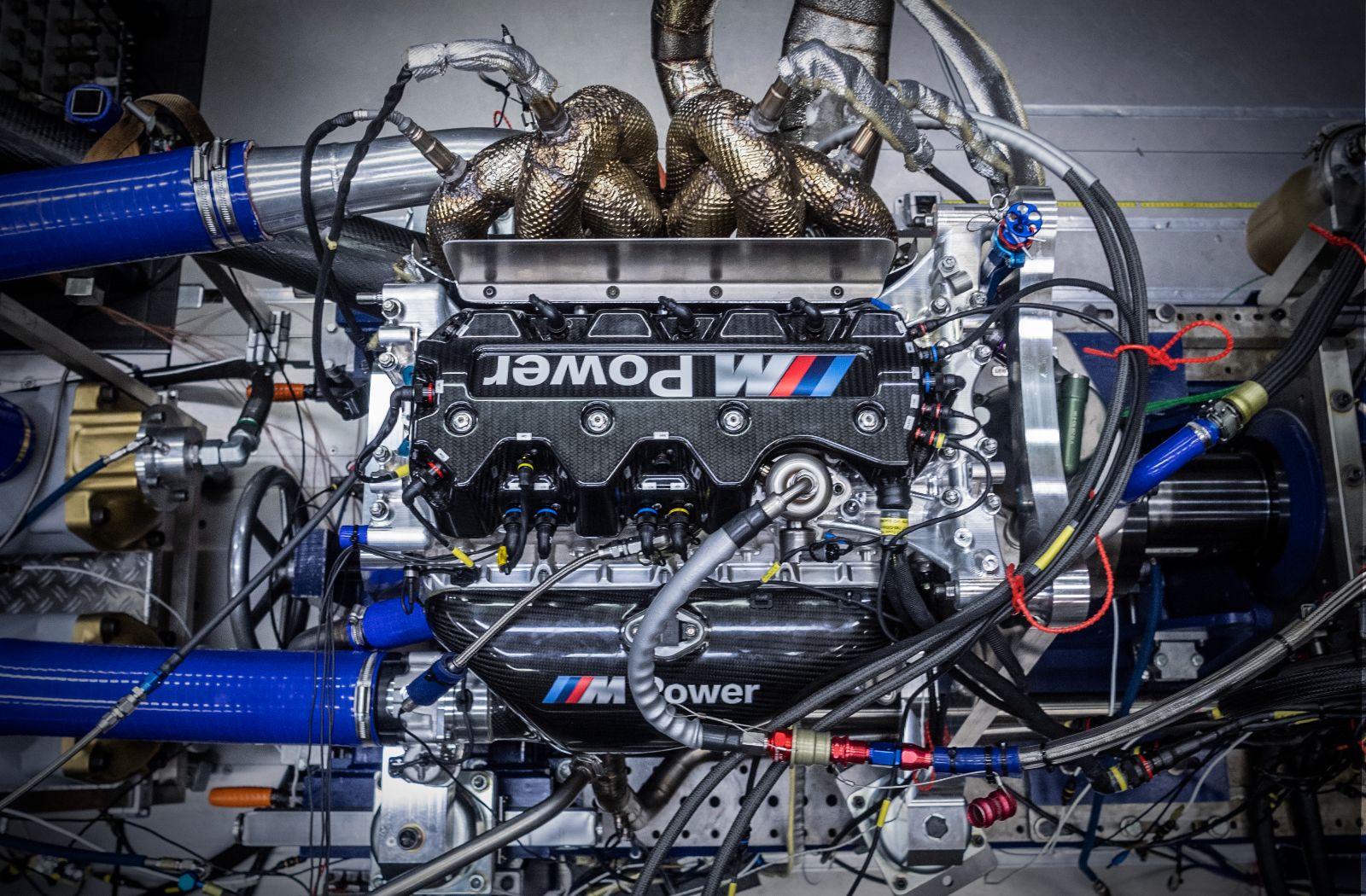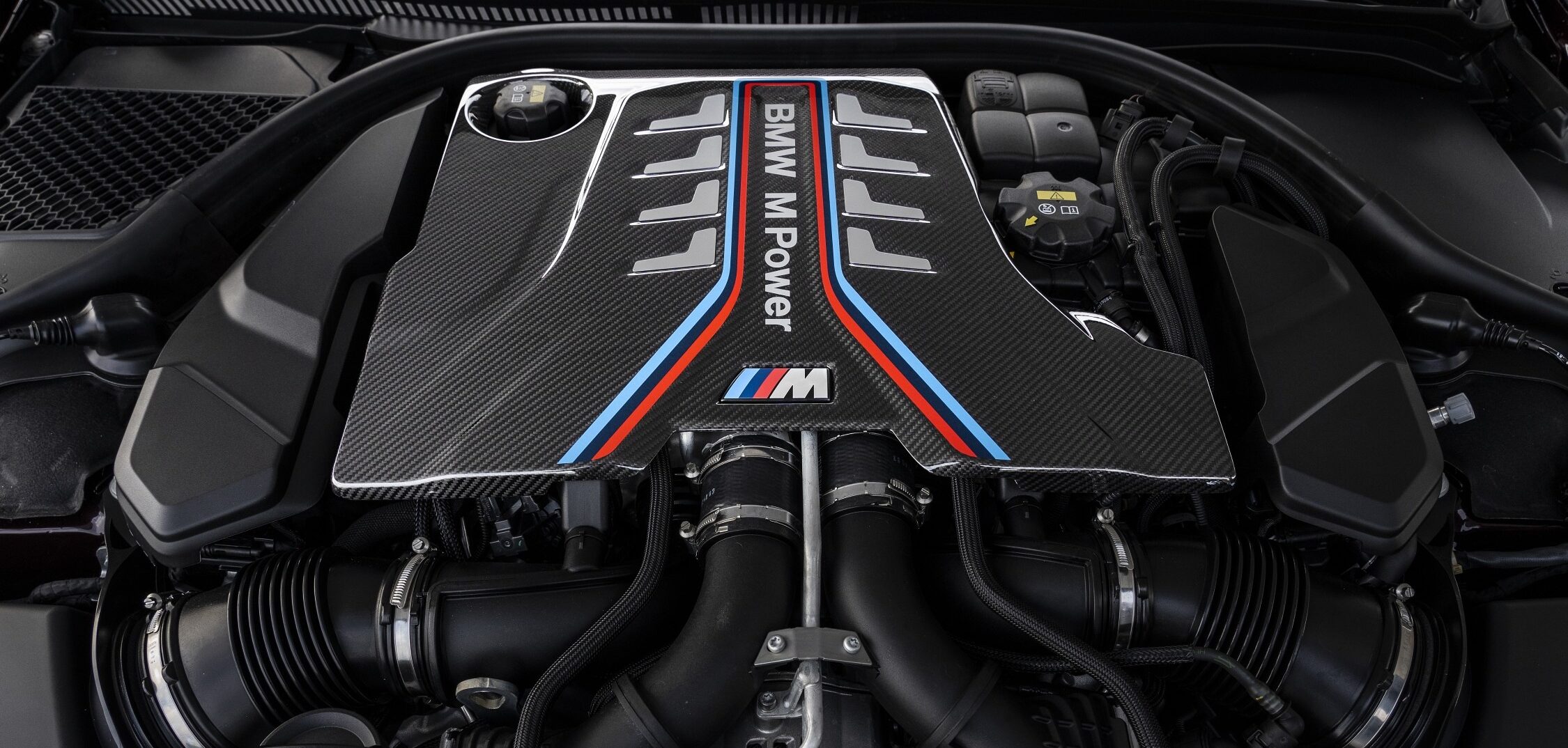Why the BMW Engine Is Taken Into Consideration One of the most effective in High-end Vehicles
Why the BMW Engine Is Taken Into Consideration One of the most effective in High-end Vehicles
Blog Article
Exploring the Advancement of Burning Engines in Modern Transportation Systems
As we navigate the landscape of modern-day transport, the evolution of combustion engines stands as a testament to human resourcefulness and engineering expertise. The interaction of background, innovation, and ecological worries in shaping the trajectory of combustion engines creates a narrative that is both compelling and insightful.
Early Beginnings of Combustion Engines
Exactly how did the concept of combustion engines first emerge in the onset of transport development? The roots of combustion engines can be traced back to the 17th century when the principles of interior combustion were very first checked out. In 1673, Christian Huygens conceived a fundamental internal burning engine that used gunpowder to generate power. Nonetheless, it wasn't till the late 19th century that sensible applications of burning engines in transport began to arise.
The innovation minute featured the creation of the first successful gasoline-powered engine by Karl Benz in 1885 - bmw engine. This engine led the way for the development of the modern-day auto, revolutionizing transport systems worldwide. Subsequent innovations by Nikolaus Otto and Gottlieb Daimler better improved combustion engine innovation, causing the automation of automobiles and the rapid development of the transportation sector
These early combustion engines were defined by their simpleness and efficiency, laying the structure for the complicated and powerful engines utilized in modern transportation systems. The development of burning engines has actually contributed fit the means we take a trip and deliver items, marking a substantial turning point in the background of transportation development.
Shift to Internal Combustion Technology
The shift to interior combustion technology noted a pivotal shift in the advancement of transportation systems. This shift started in the late 19th century, with innovators like Nikolaus Otto and Gottlieb Daimler establishing the initial successful interior burning engines. These engines transformed transport by supplying an extra effective and effective alternative to heavy steam engines and electric motors.
Among the essential benefits of internal burning engines was their ability to be scaled down to match lorries, resulting in the growth of autos and motorcycles. This shift from cumbersome, fixed engines to portable, mobile ones led the way for the modern-day transportation systems we see today.
The shift to internal burning modern technology also spurred advancements in fuel modern technology, bring about the growth of fuel and diesel as key gas sources for vehicles. This change not only made transportation a lot more available to the masses yet additionally laid the foundation for the oil and gas market to end up being integral to worldwide economic climates.
Influence of Combustion Engines on Transport
The fostering of combustion engines in transport systems militarized an extensive shift in the effectiveness and speed of global mobility. Burning engines revolutionized transport by giving a trusted and versatile resource of power for various vehicles, including autos, airplanes, ships, and vehicles. This innovation considerably boosted the capability for individuals and items to move over lengthy ranges in much shorter time structures, resulting in boosted connectivity between areas and countries.
In addition, the extensive use of combustion engines has actually had a considerable influence on economic development. The capacity to transfer items efficiently has stimulated trade and business, allowing organizations to increase their markets and reach customers worldwide. This has actually facilitated economic development and globalization, as products can now be transferred faster and in helpful site larger amounts than in the click this site past.
Nevertheless, the environmental influence of combustion engines can not be ignored. The burning of fossil fuels has actually led to air pollution and greenhouse gas exhausts, adding to climate adjustment and posturing wellness dangers to populations. bmw engine. Because of this, there is a growing focus on creating alternate propulsion technologies to alleviate these negative impacts and develop a more sustainable future for transport
Advancements in Burning Engine Layout
One notable development is the advancement of turbocharged engines, which use exhaust gases to drive a generator that compresses inbound air, permitting for even more fuel to be burned, resulting in boosted power output without a significant boost in engine size. Variable shutoff timing systems have additionally changed engine style by maximizing airflow at various engine speeds, enhancing both power and effectiveness. These innovations collectively contribute to the continual enhancement of burning engines in modern-day transportation systems.
Future Trends in Combustion Engine Advancement
With innovation advancements driving constant development, the future of burning engine growth is positioned to change transport systems globally. Among the vital fads in burning engine advancement is the press in the direction of greater efficiency and minimized exhausts. Manufacturers are spending greatly in study and growth to enhance engine efficiency while fulfilling strict ecological regulations. This includes the combination of sophisticated gas injection systems, boosted turbocharging techniques, and using light-weight materials to enhance gas usage and lower carbon exhausts.
An additional prominent fad is the adoption of crossbreed innovations in burning engines. Crossbreed engines integrate standard combustion modern technology with electric power, offering improved gas efficiency and reduced discharges. As the automotive industry changes towards electrification, crossbreed combustion engines are viewed as a transitional solution that bridges the void between traditional lorries and fully electric ones.
In addition, the integration of smart technologies, such as fabricated knowledge and data analytics, is expected to play a substantial duty in the future of combustion engine advancement. These modern technologies can optimize engine efficiency in real-time, leading to a lot more reliable burning processes and improved total car performance. Accepting these future patterns will certainly not just drive technology in burning engine development but likewise contribute to an extra sustainable and eco-friendly transport ecosystem.

Conclusion
In conclusion, the development have a peek here of combustion engines in modern transportation systems has been marked by significant innovations in modern technology and design. From the very early starts of combustion engines to the shift to interior combustion modern technology, these engines have actually had a profound effect on transport.
The origins of burning engines can be traced back to the 17th century when the concepts of interior combustion were very first discovered. These engines revolutionized transportation by providing an extra effective and efficient option to steam engines and electric motors.

Report this page